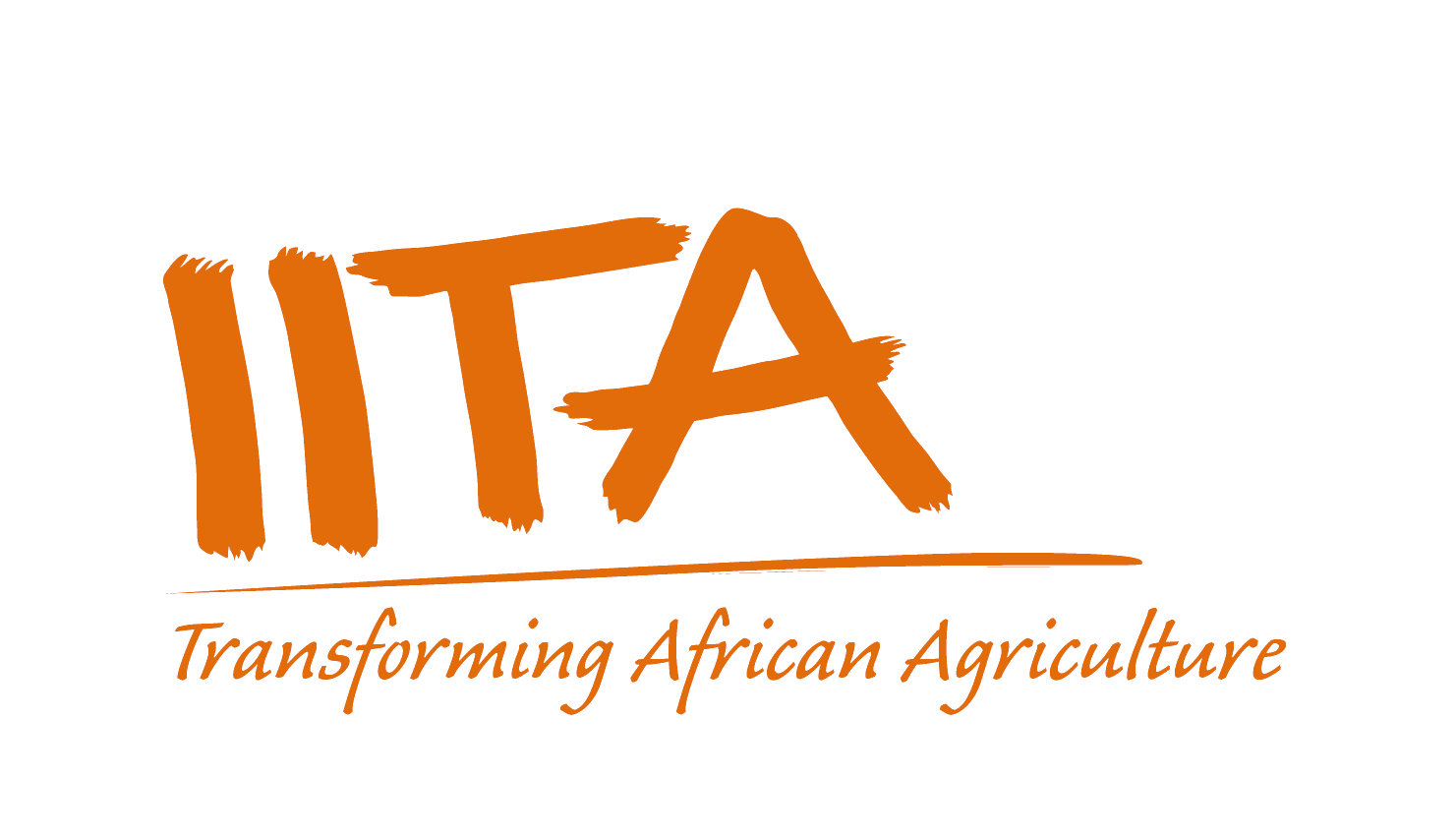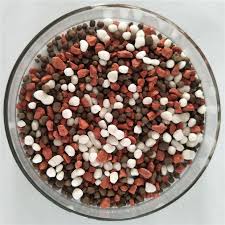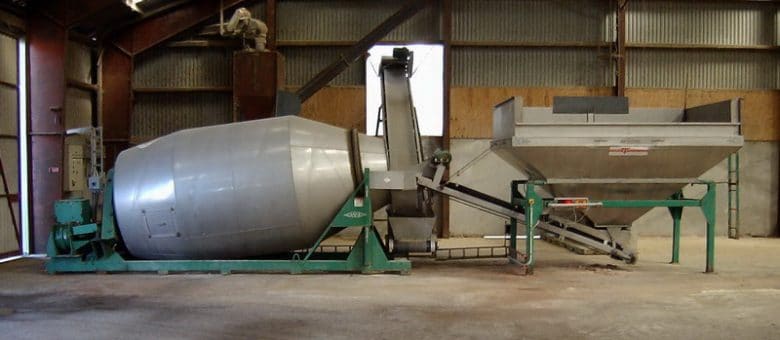Specialty blended fertilizers for root and tuber crops
Summary
Mixes of common inorganic fertilizers have been specifically developed for tuber and root crops like sweet potato and cassava that create balanced availability of nutrients for the crop to grow fast and produce large tubers. These kind of fertilizers supply elements like nitrogen, phosphorus, potassium and sulfur that are insufficiently available in soils across many landscapes and farmer fields of Sub-Saharan Africa. Fertilizing root and tuber crops with the right nutrient formula at the right time and place can greatly enhance the productivity and quality of tubers, and strengthen resilience to drought, pests and diseases, while avoiding undesired losses to the environment. Readily accessible types of fertilizers and manufacturing facilities across Sub-Saharan Africa can be used to make appropriate blends of nutrients for sweet potato and cassava under different conditions.
About the Solution
Application of inorganic fertilizers that are specially designed for tubers and roots ensures these types of crops have adequate and balanced supply of essential nutrients that are needed for keeping a healthy stand and harvesting large tubers. Fertilizer regimes adapted for sweet potato ensure that nutrients are utilized efficiently and sustainably in the cropping system as such input usage balances and replenishes stocks in soils. Inputs of phosphate and potassium particularly benefit root development and tuber/root filling, and input of sulfate improves the regulation of photosynthesis and transpiration of crops. Specialty fertilizer that are appropriately blended and applied at the right time and place can boost the crop's ability to withstand disease, pests and drought stress because it will make the sweet potato foliage and tubers more strong and succulent.
Specialty blended fertilizers allow to address various nutrient deficiencies and imbalances in soils that are limiting the production of sweet potato crops, which are found all around growing areas in African as a result of low soil fertility, intensive cultivation and high population density. Inorganic fertilizers are best used on improved varieties of sweet potato and cassava because the yield effect and agronomic efficiency will be more stable and larger than for a non-improved crop.
Specific nutrient formulas can be made by blending a wide range of solid granular types of fertilizers like urea, calcium ammonium nitrate, potassium chloride, single or triple super phosphate and sulfate. Micronutrients like zinc, boron and cupper, amongst others can be added in solid form or impregnated as liquid, for tackling additional deficiencies limiting the production of sweet potato and cassava crops.
Information about the nutrient deficiency and imbalance in specific growing areas has to be collected from soil maps and strategic trials for developing appropriate blend formulations in line with the availability of fertilizers. Manufacturing of specialty blended fertilizer is done with a dry rotary system which come in medium to large size. Fertilizers will be applied one or two times during the growing cycle of sweet potato and cassava crops depending on nutrient availability in soils and rainfall conditions.
Commercialization
Commercially available
Solution Images
Institutions

Accompanying Solutions
Orange-fleshed sweet potato (Bio-fortified, Drought and virus tolerant), Raised beds for sweet potato production and weed management, Disease resistant cassava varieties, Golden cassava varieties (Vitamin A fortified)



